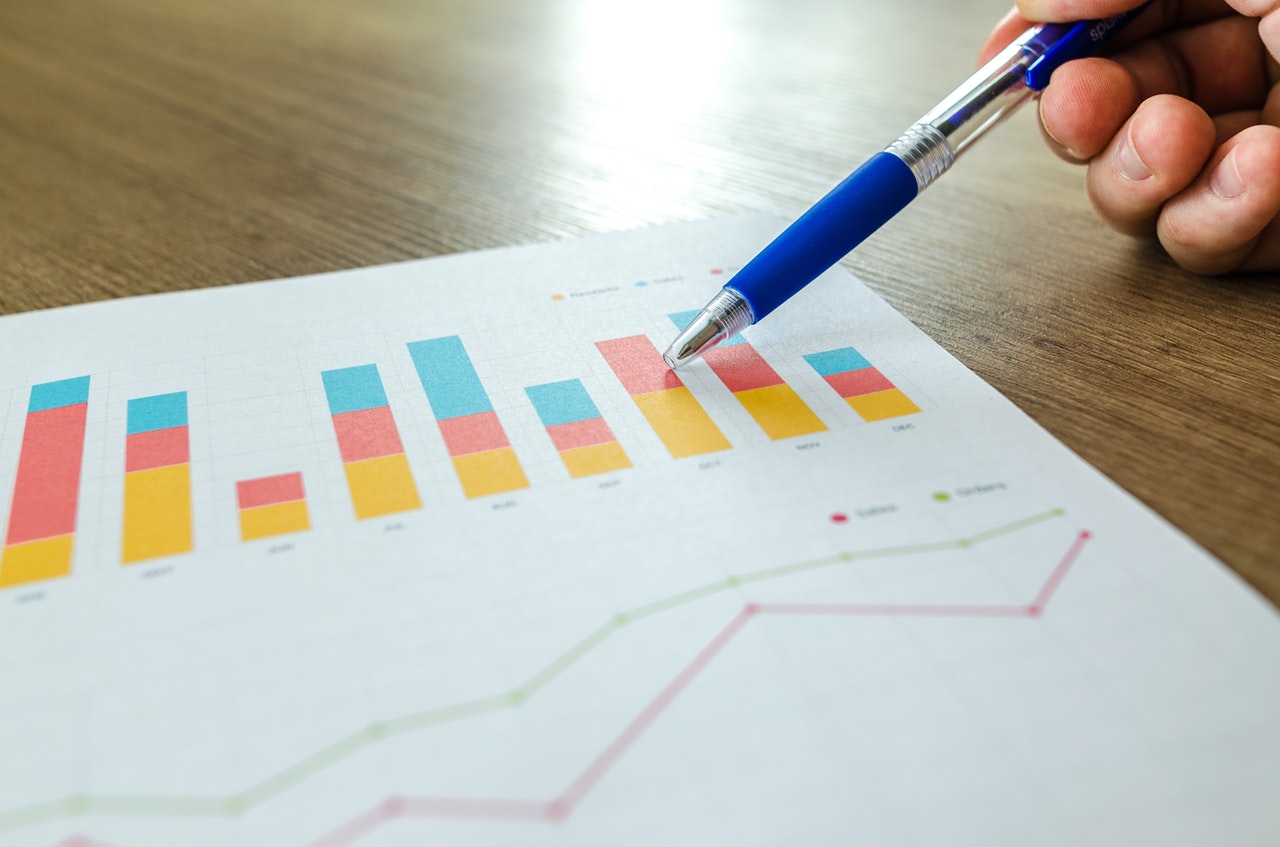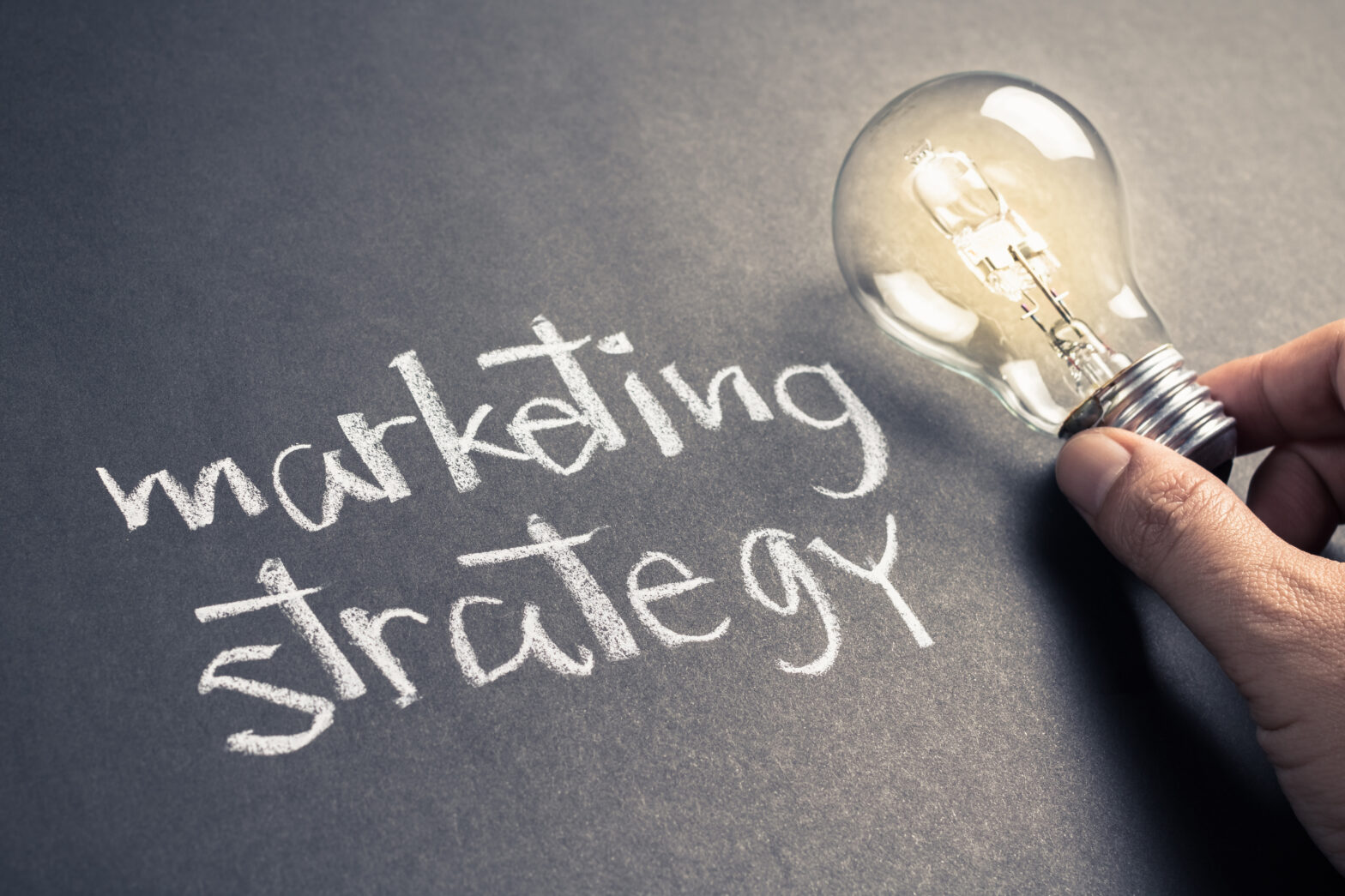The role social media plays in society is increasingly prominent in terms of both our professional and personal lives.
Professionally, it’s become a great tool for sales and leveraging a brand’s position in their industry. Personally, it’s a platform for development, friendship and maintaining connections, but it also presents a hive of declining self-confidence and the portrayal of false expectations.
It’s the negative side of social media that the network leaders are looking to change.
Instagram have paved the way with this, announcing that they’ll be trialling hiding like counts in a new test where the only person who will be able to see the figures will be the profile owners.
The move is to encourage users to “focus on the photos and videos you share, not how many likes they get,” moving away from the use of vanity metrics that can negatively influence some users.
The test has sent a wave of concern and worry through the community of social influencers and digital marketers who often rely on these metrics to prove the worth and success of their profiles and campaigns.
It therefore leaves us to question; what does the future hold for social networking, and how will the industry react?
What are Vanity Metrics?
Social networking is full of analytics and measurable values, but what actually constitutes as a vanity metric?
In this scenario, they’re stats that you can measure, but can easily be manipulated and changed, having no actual relationship with your business’ success. Basically, they just look good to other people. This includes things like follower counts, likes and comments.
All of these are things that can easily be controlled by the profile owner, especially now that there are various paid-for services that guarantee likes and followers, as well as comments.
Obviously, follower counts hold clout, but if these followers are not actually engaging with your brand or converting through to sales, there’s little point to them – and this can actually have a negative impact on your brand, making you look spammy and false. It also removes the ability to accurately analyse the followers who actually care and engage with content.
The Future for Influencers and Marketers
Campaigns will have to move away from the ‘fakeable’ measurements and focus on other stats, but this could be a blessing in disguise for some. If vanity stats are the only thing being measured, social campaigns can easily plateau and appear not to progress.
But, if useful metrics are being analysed, only the important factors can be taken into account. As a result, actionable conclusions can be drawn and used to guide social strategies successfully.
Related: 6 hacks to improve your small business digital marketing
With this in mind, marketers and influencers shouldn’t be too concerned. Strong campaigns and strategies are already moving away from vanity metrics, with marketers paying more attention to user-based objectives rather than simply gaining likes and followers. Instead they’ll focus on driving traffic to the website, creating leads and on-site conversions generated by visitors who came to the site via campaigns in order to ensure they are building the foundations for an excellent customer journey. And if, as a result, posts are reaching more people and therefore generating more likes and followers, that’s simply an added bonus for the brand.
How to Utilise Useful Metrics
Analysing the reach of posts is a good starting point. This will demonstrate how many people have actually seen the published content and will accurately define whether it is getting in front of your audience. Ultimately, the better the quality (or relevance score) of an ad, the more inclined Instagram will be to deliver it to a wider audience.
Raw impressions should be taken with a pinch of salt. If a post receives an impression count of 500, this could mean that only 50 people viewed the published content but each user has seen it 10 times, rather than 500 individuals viewing it so pay attention to frequency levels as well. This is especially important as you also don’t want to be spamming your audience, so ensure the frequency levels of your ads stay as low as possible.
Instagram also provides other data, such as the percentage of people who saw your posts who weren’t following your account, when your profile was most ‘discoverable’ and the amount of people who found your post through your use of hashtags. By looking at metrics like these, you can learn far more about the success of your content than simply by looking at how many likes they received.
Yes, likes, comments and shares are all ‘vanity’ metrics and probably should be avoided individually in the interest of sharing more ‘meaningful content’, but if these stats are used together with post reach, it’s possible to work out the overall engagement rate. This will be a more accurate way to analyse if a post is interesting and relevant to the target audience.
The loss of vanity metrics may come as an initial blow to some. But, with time, the users who rely on them will adapt to a better way of analysing their social channels and therefore become stronger marketers and more authoritative influencers.





